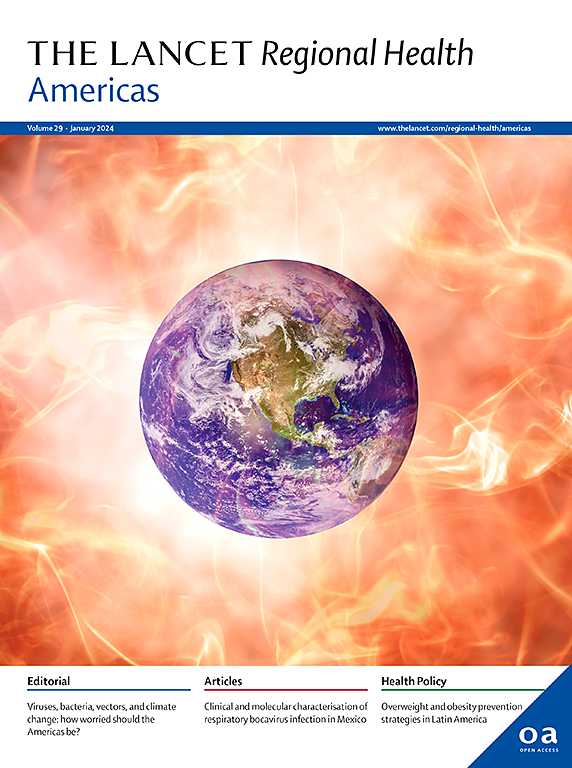Two decades of the HPV vaccine: its promise, progress, prospects, projections, and posterity
IF 7
Q1 HEALTH CARE SCIENCES & SERVICES
引用次数: 0
Abstract
Since its 2006 FDA approval, the Human Papillomavirus (HPV) vaccine has transformed the prevention of cervical, oropharyngeal, and other HPV-associated cancers in the United States. Despite notable progress, with 78.2% of adolescents initiating and 62.9% completing vaccination, support for the vaccine is at a critical point. Because the Department of Health and Human Services (HHS) mainly provides recommendations, state-level action is crucial. Only five states and territories have adopted school-entry HPV vaccination requirements, but with varying enforcement policies. Uptake varies across the U.S., from Massachusetts' 79.8% completion to Mississippi's 39.1%. Evidence shows that school-entry requirements can significantly improve vaccination rates. As we approach the vaccine's twentieth anniversary, maintaining the current gains and achieving the 80% Healthy People 2030 target for series completion demands a multipronged approach. State policies must become more robust, especially if federal support wanes. Preventing HPV-related cancers for future generations depends on continued progress. By prioritizing policy that strengthens prevention and access, states can safeguard this progress.
二十年的HPV疫苗:它的承诺、进展、前景、预测和后代
自2006年获得FDA批准以来,人乳头瘤病毒(HPV)疫苗已经改变了美国宫颈癌、口咽癌和其他HPV相关癌症的预防。尽管取得了显著进展,78.2%的青少年开始接种疫苗,62.9%的青少年完成了疫苗接种,但对疫苗的支持正处于关键时刻。由于卫生与公众服务部(HHS)主要提供建议,因此州一级的行动至关重要。只有五个州和地区采用了学校入学HPV疫苗接种要求,但执行政策各不相同。美国各地的完成率各不相同,从马萨诸塞州的79.8%到密西西比州的39.1%。有证据表明,入学要求可以显著提高疫苗接种率。在我们接近疫苗二十周年之际,保持目前的成果并实现“2030年健康人口80%”的目标,需要采取多管齐下的办法。各州的政策必须更加有力,尤其是在联邦政府支持减弱的情况下。为子孙后代预防hpv相关癌症取决于持续的进展。通过优先制定加强预防和获取的政策,各国可以保障这一进展。
本文章由计算机程序翻译,如有差异,请以英文原文为准。
求助全文
约1分钟内获得全文
求助全文
来源期刊

Lancet Regional Health-Americas
Multiple-
CiteScore
8.00
自引率
0.00%
发文量
0
期刊介绍:
The Lancet Regional Health – Americas, an open-access journal, contributes to The Lancet's global initiative by focusing on health-care quality and access in the Americas. It aims to advance clinical practice and health policy in the region, promoting better health outcomes. The journal publishes high-quality original research advocating change or shedding light on clinical practice and health policy. It welcomes submissions on various regional health topics, including infectious diseases, non-communicable diseases, child and adolescent health, maternal and reproductive health, emergency care, health policy, and health equity.
 求助内容:
求助内容: 应助结果提醒方式:
应助结果提醒方式:


